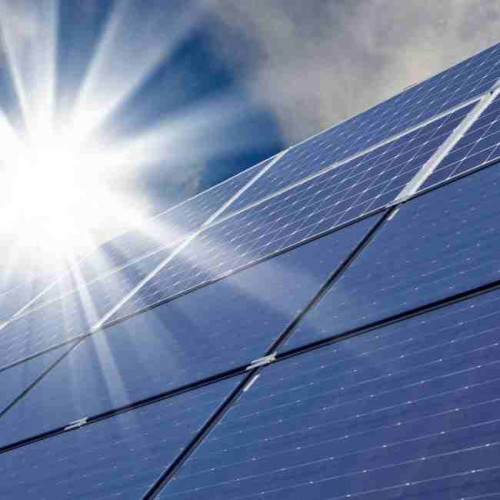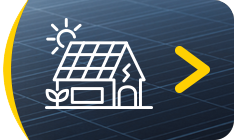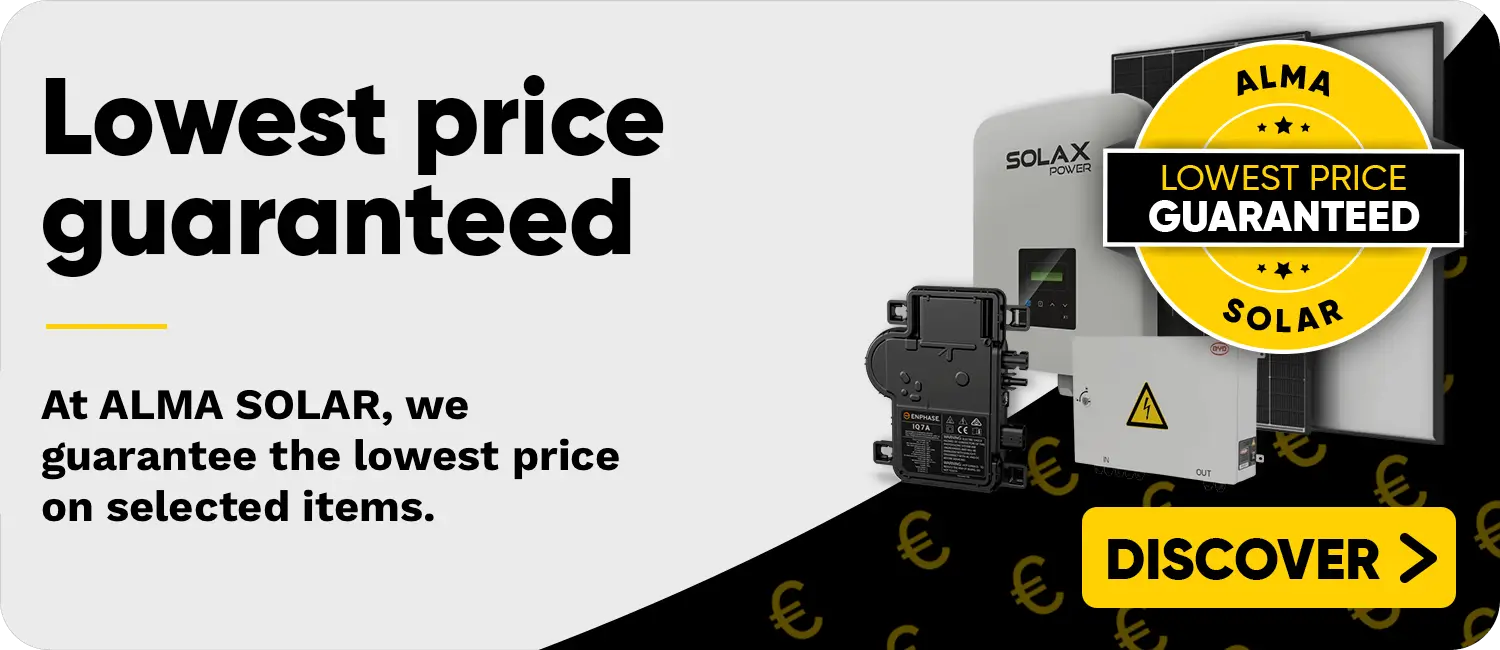- 16 Oct, 2017
- Solar Training

With all the talk about solar energy, it's easy to forget that there are actually two types: solar thermal and solar photovoltaic. As we have focused on photovoltaic energy, we have explained its operation in detail without distinguishing it from thermal energy. A gap that we will now quickly address!
Operating Principles
The two types of energy do not operate the same way. While solar photovoltaic energy relies on the photovoltaic effect (which we have explained and which you can review here if needed) that allows direct conversion of solar energy into electricity through photovoltaic cells, solar thermal energy only produces heat (low, medium, or high temperature). Solar thermal panels convert solar radiation into heat using glass thermal collectors. These collectors transfer the captured heat to metal absorbers, which heat a copper pipe system containing a heat transfer fluid (usually water with antifreeze, but it can also be air).
Thus, the two types of panels produce different types of energy and have different applications.
Applications
Photovoltaic panels generate electricity that either directly powers your electrical devices (self-consumption) or is fed back into the grid for resale. If you consume part of your energy, the surplus produced will be automatically fed back into the grid. Also, if you are connected to the grid, photovoltaic energy does not pose storage issues, as batteries are only needed for isolated sites.
Solar thermal panels produce heat mainly used for heating water. The produced heat is then used to warm the water in your boiler. It can also be used for heating, particularly through direct solar floor heating systems. The main drawback of solar thermal energy lies in storage. For hot water use, storage is achieved through a well-insulated tank. However, any solar thermal energy that you do not consume will be lost. Therefore, when planning your installation, you must carefully consider the surface to be installed, which should neither be too small to meet your hot water (or heating) needs nor too large to avoid such losses. This difficulty does not occur with photovoltaic systems, as the surplus is reused by the grid as mentioned.
What to Choose?
Despite the issues related to storage and energy loss, a well-dimensioned solar thermal system can be a good investment, significantly reducing your energy bill (and your ecological impact). Similarly, a photovoltaic installation, which has fewer constraints and broader potential, can be advantageous. Of course, the choice of installation also depends on how you intend to use it. The ideal configuration for an eco-friendly home is to combine both technologies, as is already done in some projects for energetically autonomous homes. You will gain optimal benefits from both technologies and significantly enhance your property. New projects clearly show this; the future of our homes lies in the combination of renewable energy sources!
What do you think? Feel free to leave your comments on the topic!
All rights reserved











